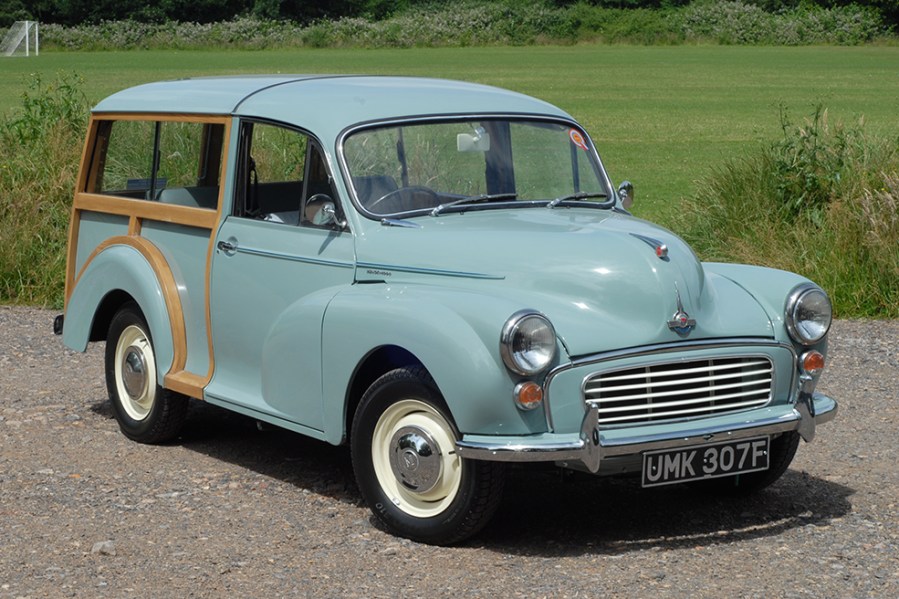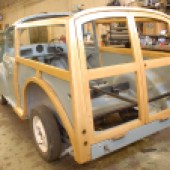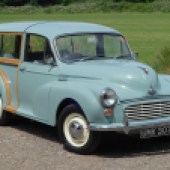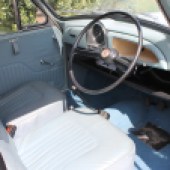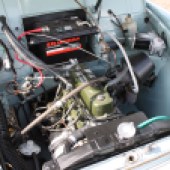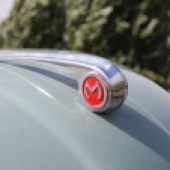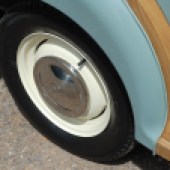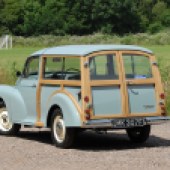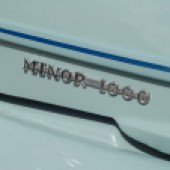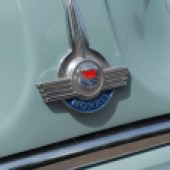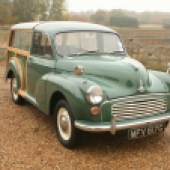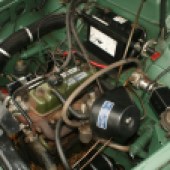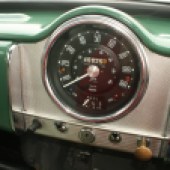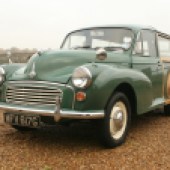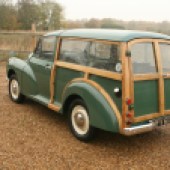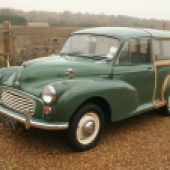The Morris Minor Traveller combines the accessibility of its saloon sibling with practicality and undeniable charm. Here’s how to buy one
The car that set the classic car scene in motion, the Morris Minor remains one of the most accessible classics and the Traveller is the most practical of them all.
This isn’t our first guide to the wood-framed Moggy, and it likely won’t be the last due to the evolving classic car scene. The ultra-practical Traveller is now one of the most sought-after Minor variants, but its wooden rear bodywork requires more care than others. Once overlooked, the Traveller’s structural wooden frame can deteriorate quickly if neglected.
However, renewed interest, easy ownership, great parts support, and practical features like double doors have increased its appeal. The gap between neglected and presentable cars has grown, making it crucial to tread carefully.
In association with our friends at Lancaster Insurance, here’s our complete guide to buying the Morris Minor Traveller. Here’s what you need to know…

Morris Minor Traveller values
With the Traveller carving its own cult following in the Minor market, values are climbing – projects start around £2500, but with often rotten wood and rusty bodywork, rarely make financial sense. Up your budget to £8000 for a tidy, useable example with some tatty bits, while £14,000 upwards buys you the nicest survivors or well-restored cars. We’ve seen concours-level cars for north of £20,000, however, so as ever, buy the best within your budget.
Insurance Costs
1971 Morris Minor Traveller, £15,000 value.
Example quote: £105.50 or £123.50 with Agreed Value.Quotation supplied by Lancaster Insurance. Tel: 01480 400761
Quote based on a 45-year-old marketing manager, access to another car, no claims or convictions, club member, 3000 miles per year, no modifications, living in SP2 0HL. Disclaimer: Subject to underwriting criteria. An additional charge may be payable. Authorised and regulated by the Financial Conduct Authority.
Bodywork
The Minor was an early example of unitary construction, making its bodyshell more complex than you might expect for such a utilitarian car, with many double-skinned areas. Like the commercial versions, the Traveller uses a hybrid construction: the unitary front end of the saloon and a chassis for the rear section. Adding to the complexity is the wooden rear bodywork framing, which means the Traveller can suffer from both rusty metalwork and rotten woodwork.
Starting at the front, the Morris Minor Traveller’s DIY-friendly reputation has led many cars to receive home repairs. However, the car features many box sections and double-skinned areas, which make repairing rust tricky. In Minor specialist workshops, good metal often has to be cut away to access repairs inside box sections, which can misalign crucial parts of the shell if not done carefully. To prevent this, cross-bracing is often fitted before extensive body repairs.
Sills and floors covered in small patch repairs are a telltale sign of DIY welding. The fit of the doors can indicate the alignment of the A-pillar and sills, though as a 1940s Morris, don’t expect perfect panel gaps. The gap between the front wings and bonnet is another clue to previous work quality. If the wings don’t fit properly, it’s a sign the mounting flange or inner arch may have been disturbed. A stack of washers under the mounting bolts suggests a quick fix.
Rust issues
Check the usual rust spots, such as the crossmembers under the front seats and the inner part of the sills under the carpets. The front crossmember, supporting the suspension torsion bars, is critical, as are the floors. Other rust should be obvious, like door bottoms and headlight apertures, but all the panels you need are available. Moving to the rear, the chassis metalwork, especially around the spring hanger areas for the rear suspension, must be sound, though issues are generally easy to spot.
The major concern is the wooden rear bodywork framing, which is structural and can weaken dangerously if rot sets in. The standard test is to squeeze the wooden sections by hand; if they give, rot is likely. Visible mould in the joints or poorly done repairs are also bad signs. While complete replacement wood sets are available, fitting them is a challenge, as the cars vary slightly, requiring some alterations. While it’s doable for a DIY restorer, it’s time-consuming and must be done properly.
The bodywork assembly needs to follow a precise order. The wooden frame must be aligned first, then the roof skin is nailed (yes, nailed) into place, with a gutter strip added to conceal the nails. The rear doors must also be adjusted for perfect opening and closing. The entire process can take Morris Minor Traveller specialists quite some time, often requiring the rear corners of the chassis to be jacked up to square everything during assembly.

Engine and transmission
The early 803cc A-Series is a rare unit in the Traveller and something of a specialist proposition, so for most purposes it will be the 948 or 1098cc A-Series you’ll be looking at. The engine is very much a known quantity and problems should be both obvious and easy to diagnose. Smoking suggests tired valve seals or guides and as for oil leaks, it’s often said that a Minor not leaking a bit of oil is probably empty. If an oil leak is really bad, then suspect the rear crankshaft oil seal, or the front seal. The sump gasket and the rocker cover gasket are also prone to leak.
The strongest gearboxes came with the 1098cc cars, but worn synchromesh can arise on all examples, giving crunchy changes – after all, even the youngest is still over 50 years old. Either learn to live with it or hunt down a good used replacement if you don’t fancy the cost of a rebuild. If the box jumps out of gear as you lift off the throttle sharply, it’s harder to live with and will need more immediate attention.
No Minor ever featured synchromesh on first gear, so if you plan to do a lot of town driving then learn the double-declutching technique to achieve a crunch-free change down to first on the move. It’s a satisfying skill and much better than slipping the clutch in stop-and-go traffic.

Suspension, steering and brakes
The Minor uses a kingpin design for the front suspension, requiring regular greasing. Check that the grease nipples have been used recently and inspect the trunnions for wear. With the front wheel off the ground, grasp the tyre top and bottom and attempt to waggle it – any significant movement means repairs are needed. If the rear sits low, the leaf springs may have sagged, and excessive bounce suggests the lever arm dampers need replacing. Reconditioned units cost around £70 a pair and are easy to fit.
Braking is by all-round unassisted drums, which, when set up properly, stop the 800kg Minor well. However, the high pedal pressure required can be challenging for the unfamilar, especially in urban traffic. A useful upgrade is a remote brake servo, which works well with the drum system. A front disc conversion is a popular upgrade, depending on how you plan to drive the car.
Interior, trim and electrics
The Minor’s cabin is small and simple, so a tired interior shouldn’t be a dealbreaker at the right price. Smartening up a shabby cabin can be a rewarding DIY project, with all parts available from Newton Commercial. Carpet sets require basic DIY skills, and seat covers and padding can be replaced with basic hand tools. Many Travellers have rear trim made from old domestic carpet, but original Hardura material is still available. Modern demands, like brighter headlights and phone charging, can overwhelm the dynamo, so upgrading to an alternator is a good move..
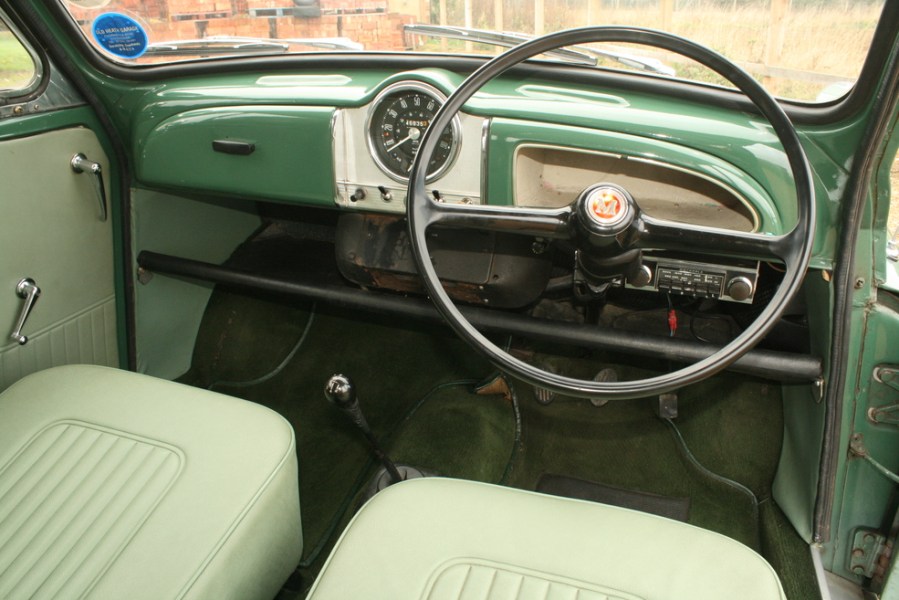
Morris Minor Traveller: our verdict
The Morris Traveller is surely one of the most practical classics available; in 1098cc form, it can keep up with modern traffic, has parts readily available, and offers the practicality of a small van with its opening rear doors and square load compartment. Running costs, meanwhile, are comparable to a supermini. However, restoration costs can be high if you buy a bodged or rotten example, so view several cars to understand how a good one should feel. Bodywork repairs will always be more expensive than mechanical work.
Morris Minor Traveller timeline
1948
Morris Minor introduced as saloon only
1953
Traveller introduced alongside A-Series engine
1956
Engine enlarged to 948cc
1961
Flashing indicators replace trafficators
1962
Engine enlarged to 1098cc, with improved synchromesh, larger clutch and bigger brake drums
1963
Lamp clusters gain orange indicator lenses
1964
Key starter and passenger glovebox lid added
1971
Morris Minor Traveller production ends

